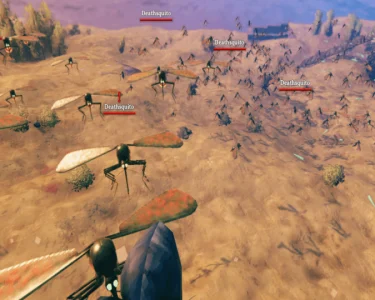For centuries, camels have been an integral part of the cultures and societies of many regions around the world. From the deserts of the Middle East to the grasslands of Africa, camels have played an important role in everything from transportation and trade to religion and mythology.
The history of the camel can be traced back to ancient times, when these animals were domesticated in parts of the Arabian Peninsula and North Africa. In these regions, camels were prized for their ability to thrive in harsh desert environments, where other animals could not survive.
One of the key roles of the camel in ancient cultures was as a means of transportation. Camels were used to carry goods and people across long distances, often through harsh terrain. They were particularly important for trade routes that crossed the desert, as they were able to carry heavy loads of goods while requiring relatively little water and food.
In addition to their practical uses, camels also had a spiritual and cultural significance in many ancient societies. In the Middle East, for example, camels were seen as a symbol of wealth and status, and were often used as sacrifices in religious rituals. In some African cultures, camels were believed to have magical properties, and were used in healing and divination rituals.
The mystique of the camel has also played a role in literature and storytelling. In the Arabian Nights, a collection of Middle Eastern folk tales, camels are often featured as important characters in stories of adventure and romance. In addition, the camel has been celebrated in poetry and song throughout history, with writers and musicians using the animal as a symbol of endurance, resilience, and the ability to overcome adversity.
Despite the importance of the camel in ancient cultures, the role of these animals has diminished in many parts of the world in recent times. With the rise of modern transportation and the development of infrastructure in many regions, camels are no longer as essential for trade and transportation as they once were.
However, in some parts of the world, camels remain an important part of everyday life. In rural areas of Africa and the Middle East, for example, camels are still used for transportation, as well as for milk and meat production. In addition, there is a growing interest in camel milk as a health food in many parts of the world, which has led to a renewed appreciation for these animals.
In conclusion, the history and mystique of the camel in ancient cultures is a fascinating subject that sheds light on the importance of these animals in the development of human societies. While the practical uses of camels may have diminished in some parts of the world, their cultural significance and symbolism continue to resonate to this day.




